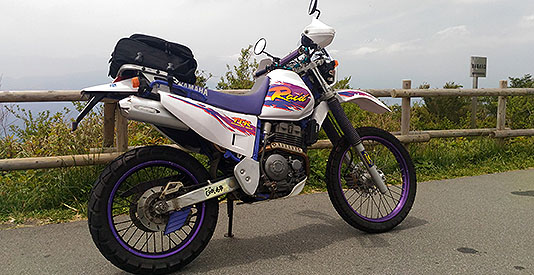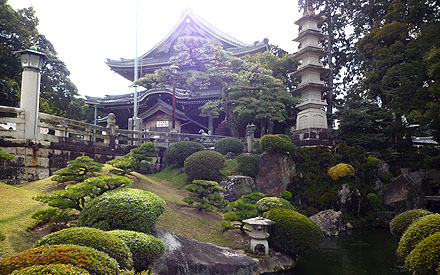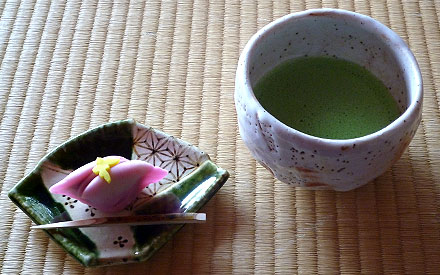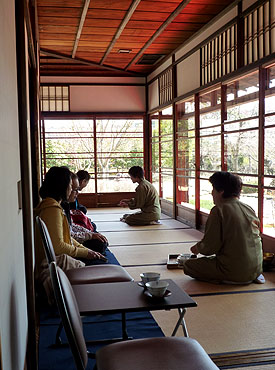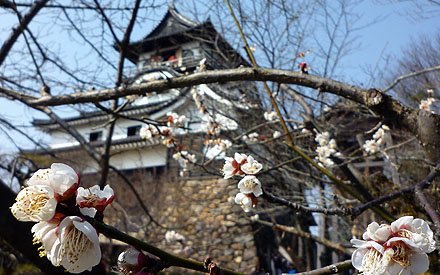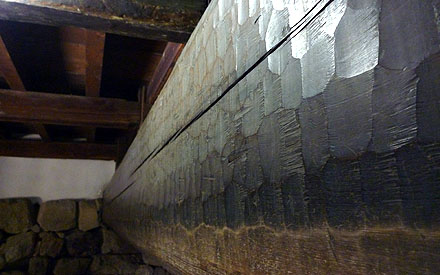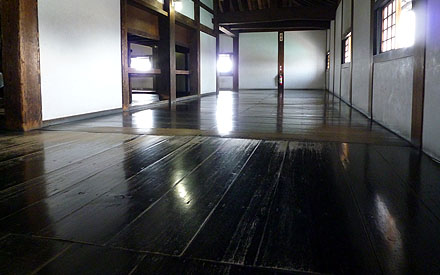Japanese people are shocked by a sad news today; a 73-year-old gentleman was hit by a car and killed when he was volunteering to accompany children walking to school, as his daily routine for 15 years since his granddaughter started school. It is sad enough, but what shocked us even more is that he decided to do the volunteer job because his 7-year-old daughter was killed in a car accident 33 years ago. He didn’t want to let such a tragedy happen again. He actually sacrificed his life to save a 9-year-old boy, who is one of the nine children who were crossing the road when the accident happened. He knew what he lived for, and sacrificed his life to it.
Whether you know what you live for or not, you live anyways. Even if you live selfishly for yourself, you live anyways and may live longer than others. But imagine, what do they think and feel when they end their life? Can they think “it was a good life”?
My favourite street singer, and also a friend of mine, Airi Nagoya, sings a song titled “Game”. It goes;
I want to know what I live for
Trick, cheating, the method doesn’t matter
Whatever fire, or water, I don’t mind any risk
This is not a virtual reality. I live in a reality(Lyrics by Airi Nagoya, translated by Hiro)
Knowing what you live for is not easy. Probably many people cannot find what they live for during their life. But I’m sure even looking for what you live for is a meaningful way of life, although it doesn’t matter whether you care about it or not anyways. As I often write here, I am a looser. It’s been more than four years since I wrote that post, and from time to time I quote it. And I’m still a loser. OK, let’s see how the looser will fail, and see how meaningful it can be.



